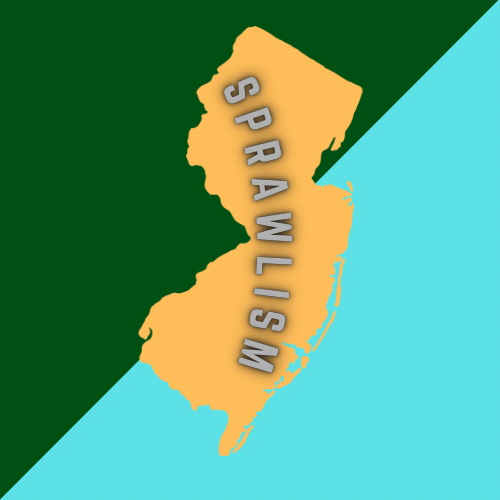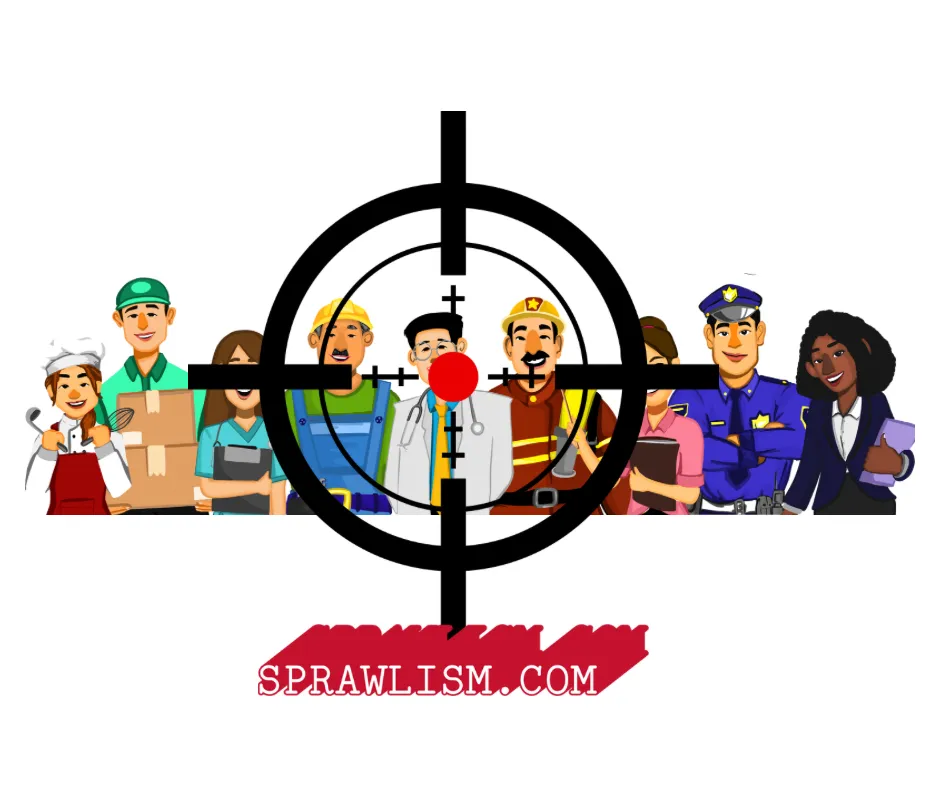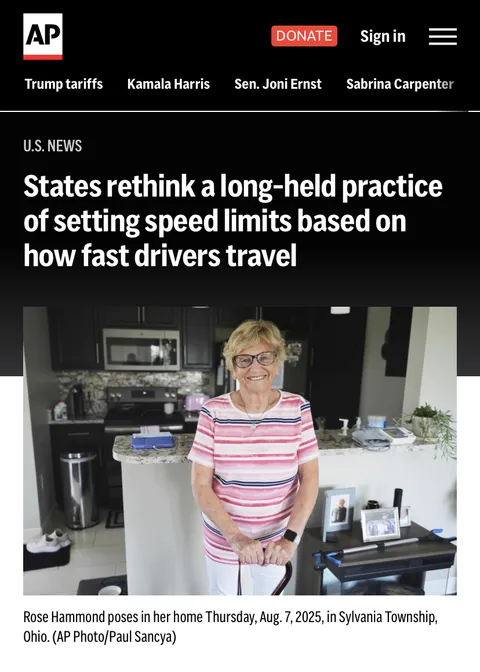The shooting in Minneapolis is not an isolated event but part of the architecture of state violence in America—a violence that extends far beyond uniformed police forces.
For working-class communities, this structure is also upheld by a private cadre, a deputized patriarchal hegemony empowered and individualized by the Second Amendment to act as judge, jury, and executioner.
Initially, this authority was a matter of a man controlling nature (via property and landholdings) & his household—his wife, his children, and his slaves. But in the United States, this weltanschauung has proven an effective weapon, deployed through stochastic terrorism against the entire working class, including what we now call the middle class. The Second Amendment keeps the masses afraid and in line, a scroll through FB neighborhood groups and NextDoor, one can smell the fear through the screen.
We must be clear about the rotten core of the amendment’s spirit. Its function is to get one half of the working class to shoot the other. Over 90 percent of the time, a gunshot ends the life of another worker or a worker’s child. United States’ history offers few if any examples of this right being used to successfully thwart tyranny.
This is not a matter of personal liberty but a mechanism of hegemonic state power. The amendment constitutionalizes a diffuse, populist patriarchal hegemony informally sanctioning their private violence as a public good. Its abolition is a prerequisite for dismantling this structure.
This was its governing logic. To claim it was never designed to harm the governed, those whom hegemony ruled in their fields and homes, is not merely unhelpful; it is untrue.
When James Madison introduced the amendment, its language was forged in the crucible of a specific and brutal debate, decisively shaped by the interests of slaveholders. The famed Anti-Federalist Patrick Henry—a Virginia governor and orator immortalized for crying, “Give me liberty, or give me death!”—was a lifelong enslaver who died holding title to sixty-seven human beings. His liberty was predicated on their subjugation.
In eastern Virginia, where Henry ruled, enslaved Black people often outnumbered whites, and the threat of rebellion was a pervasive feature of the white political imagination. This fear, informed by events like the 1739 Stono Rebellion in South Carolina, was so potent it nearly scuttled the American Revolution. Southern planters, fearing domestic insurrection more than British rule, refused to commit their militias to the continental cause. Their neutrality broke only when the British crown threatened to arm the enslaved, transforming human property into a hostile military force. The South’s allegiance was not to independence but to the preservation of its racial capitalist order.
This history provides the immediate context for the Second Amendment. At Virginia’s 1788 ratifying convention, Patrick Henry scrutinized Madison’s constitutional draft, zeroing in on Article I, Section 8, which gave Congress power over state militias. Henry’s concern was distinct: he feared a federal government that could disarm or redirect the South’s militias, thereby undermining their primary function—to serve as slave patrols for suppressing revolts and hunting runaways.
Madison’s response to this pressure was the Second Amendment. Its final phrasing, promising that a “well regulated Militia” would ensure “the security of a free State,” was a concession to Henry and his class. It was designed to protect the states’ prerogative to maintain armed groups for internal control. In the antebellum South, this meant a legal mandate for white men to wield weapons in defense of white supremacy—to police, apprehend, and kill Black people with impunity.
To pretend this legacy is incidental is to grant white supremacy and patriarchal hegemony an unassailable redoubt. The amendment individualizes the state’s monopoly on violence and deputizes patriarchy representatives as its agents. Each shooting—of a girlfriend, a Black teenager, a child—is recast as a random, isolated tragedy. The perpetrators are not officially licensed police, but they are de facto licensed to kill by a propaganda that tells them they have the right to destroy.
These acts are not isolated; they are the logical output of a system designed to protect property—a category that once explicitly included Black people, and which implicitly encompasses women and children—through lethal, extralegal means.
The Second Amendment grants patriarchal agents, often white men, but also includes their dogbodies which can be from any gender or cultural background (hypersegregated communities have executioners that share their racialization but empowered by hegemonic gender rules), the de facto authority to act as arbiter and hangman in defense of a social order built on patriarchy and racial hierarchy.
This sanctioned violence, while primarily terrorizing hypersegregated, predominantly Black communities, also claims victims within the white community. White women and children are not merely collateral damage; they, too, become targets when they transgress the patriarchal norms the system is designed to enforce. The armed individual, seeing themself as the guardian of traditional values, becomes the instrument of their punishment. The violence is holistic, threatening anyone who destabilizes the hegemony it serves.
The persistent refusal to acknowledge this historical structure allows the state to outsource its violence while evading accountability. The Second Amendment legitimizes murder and shifts the blame to rogue individuals, “broken” homes, or mental health crises. It is a rotten pillar in the foundation of the republic, a festering relic of the slaveholders’ republic, its ultimate goal the total control of dehumanized bodies.
We will not end this until we face the history of what the Second Amendment is— a weapon against the working class.






